| Category
1 |
Integrated Weed Managenent Control Methods
|
Species
By Category
|
cut
mow |
hand pull
(wear gloves)
|
herbicide
|
biological
control
|
reseeding
|
domestic
animal
|
cultivate
|
burn
|
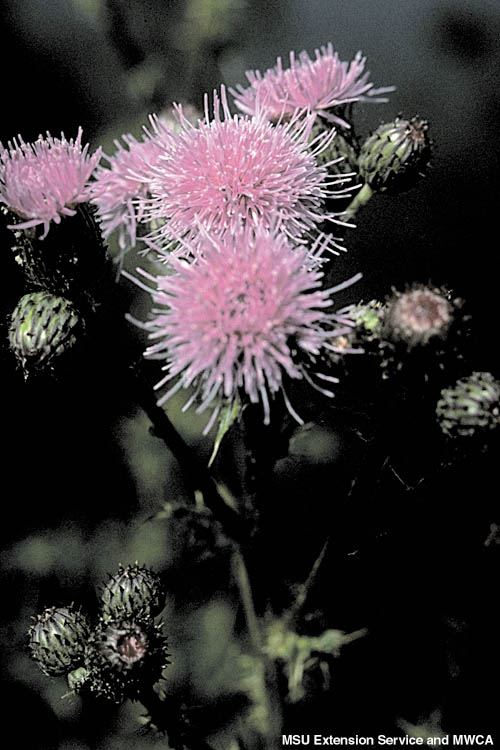
|
Canada
Thistle
|

moderately
effective
|

Ouch!
|
 moderately
effective moderately
effective |

effects mostly seed production
|

effective in combination with others
|

goats reduce seed production
|

effective in combination with herbicide
|
fire can be used as a method of thinning decadent plant material to
enhance other treatment types such as herbicide.
in some instances fire alone will give weeds an added advantage over
native plants.
More research is needed to determine if fire itself is a viable weed
control practice.
Fire should only be used in coordination with local officials to
address
safety issues and other consequences should a prescribed burn escape.
|
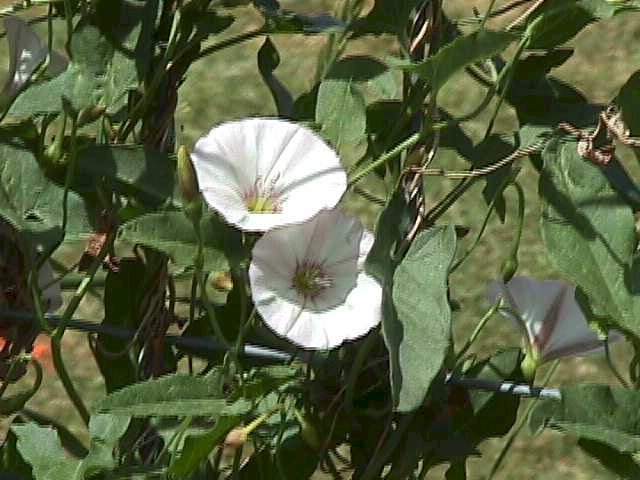
|
field
bindweed
|
ineffective
|

only very small patches
|

will contain infestations
|

limited availability
|

effective in combination with herbicide
|

may stop seed production |

effective in combination with others
|
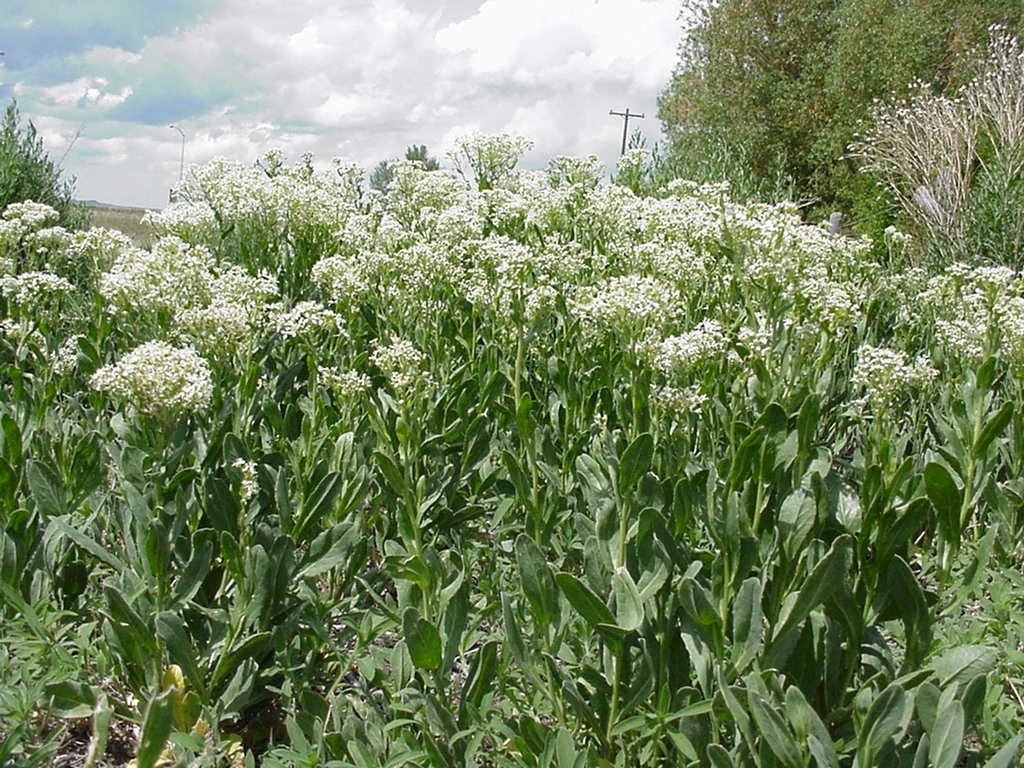
|
hoarycress
whitetop
|

may reduce seed production
|

effective in small and new sites
|

will contain infestations
|
currently unavailable |

effective as follow up
|
 unknown unknown
|
ineffective |
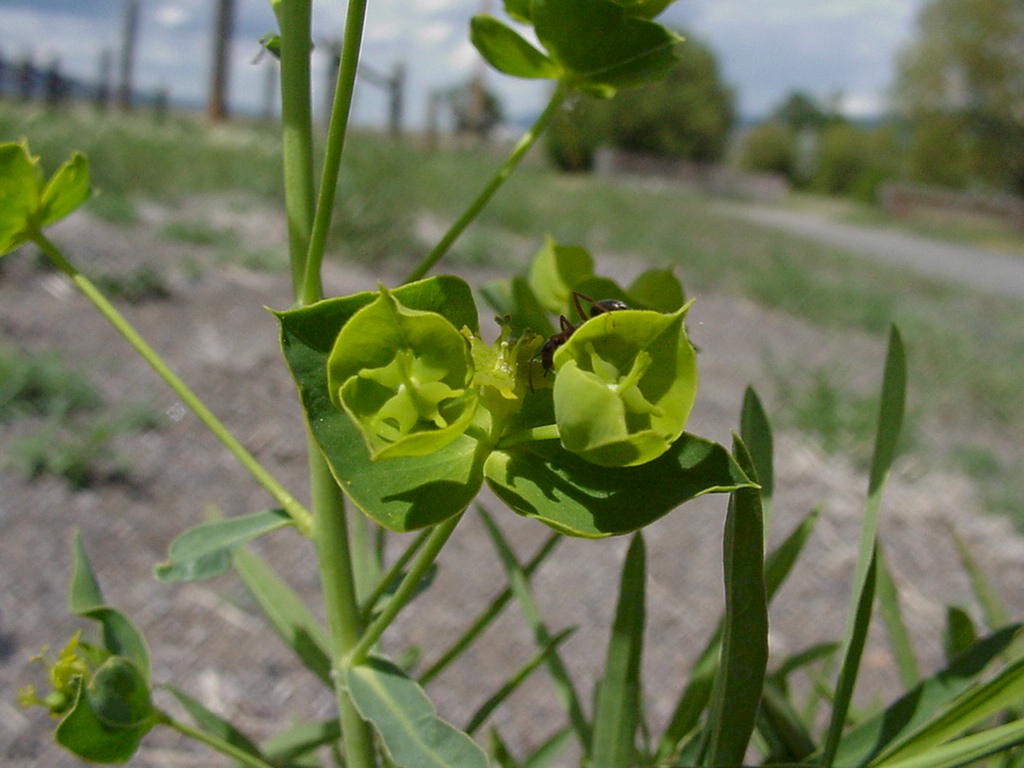
|
leafy
spurge
|
ineffective increases density |
ineffective |

will contain infestations
|

effective on some sites over the long term
|

effective as follow up
|

effective long term containment |
ineffective and may cause spread |

|
Russian
knapweed
|

effective pre herbicide
|

only very small patches
|

effective |
ineffective |

effective as follow up
|

sheep/goats reduce seed production
|
ineffective and may cause spread |
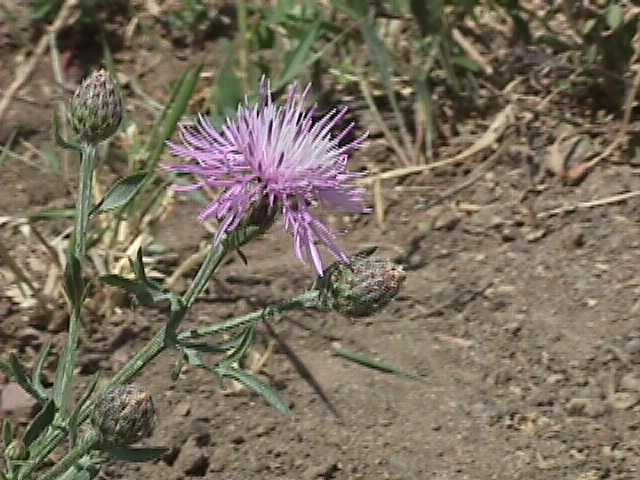
|
spotted
knapweed
|
ineffective |

very effective in small and new sites
|

effective |

effective on some sites over the long term
|

effective as follow up
|

sheep/goats reduce seed production
|
ineffective |

|
diffuse
knapweed
|

reduces seed will not control plant
|

very effective in small and new sites |

effective |

effective on some sites over the long term
|

effective as follow up
|

sheep/goats reduce seed production
|

effective |
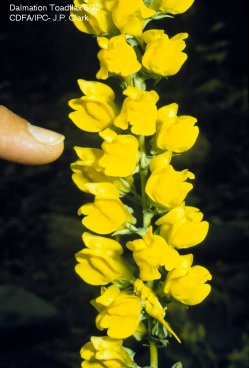
|
dalmation
toadflax
|
ineffective |

only very small patches
|

will contain infestations
|

limited availability
|

limited effectiveness
|
 unknown unknown
|
ineffective |

|
St.
Johnsworth
|
ineffective |

only very small patches
|

moderatly effective
|

cyclical, effective on some sites
|

limited effectiveness
|
poisonous |
ineffective |
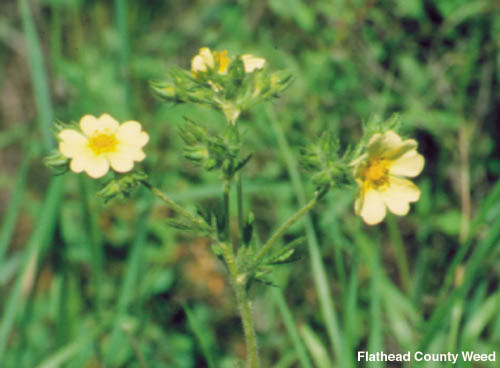
|
sulfur
cinquefoil
|
ineffective |

only very small patches
|

effective |
not available |

effective as follow up
|
ineffective |
ineffective |
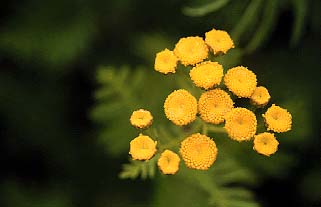
|
common
tansy
|

effective pre herbicide |

effective in small and new sites |

moderatly effective
|
not available |

effective as follow up
|
poisonous |
ineffective |

|
ox-eye
daisy
|

reduces seed will not control plan
|

only very small patches
|

moderatly effective
|
not available |

moderatly effective
|
 sheep/goats
reduce seed production sheep/goats
reduce seed production
|

moderatly effective
|
|
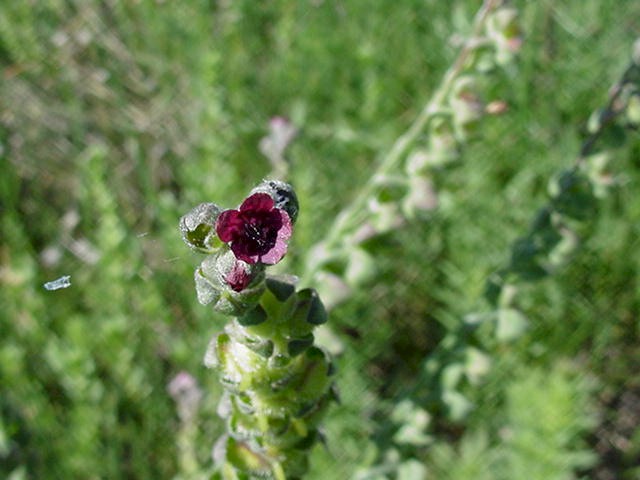 |
houndstongue
|

reduces seed will not control plan
|

very
effective in small patches and new sites |

effective |
currently unavailable |

moderatly effective
|
poisonous to cattle/ horses - goats will reduce seed
production |

effective |
|

|
yellow
toadflax |
ineffective |

only very small patches
|

will contain infestations
|

limited availability
|

limited availability
|
 unknown unknown |
ineffective
|
Category
2
|
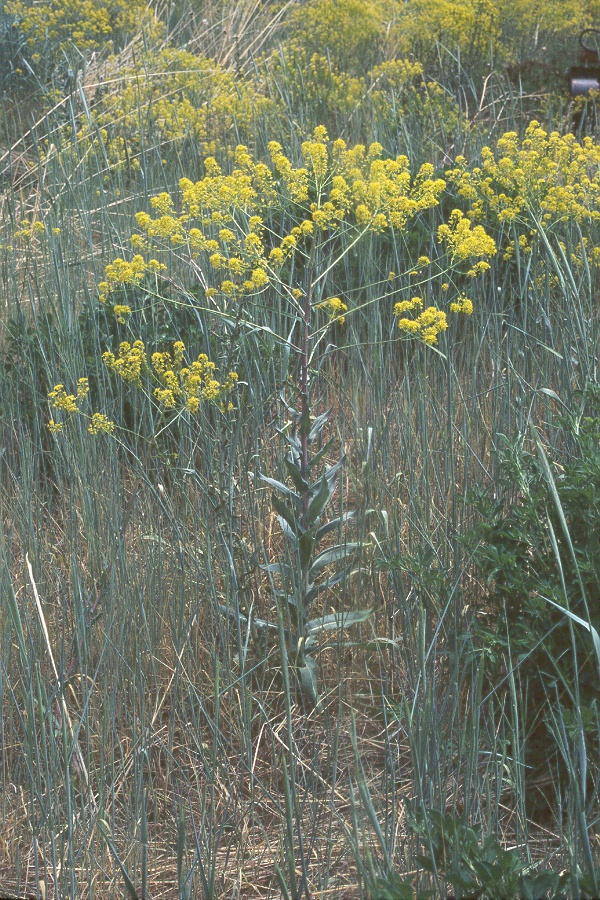
|
dyer's
woad
|
ineffective |

only very small patches
|

will contain infestations
|
not available
|

effective as follow up
|
ineffective |

effective |
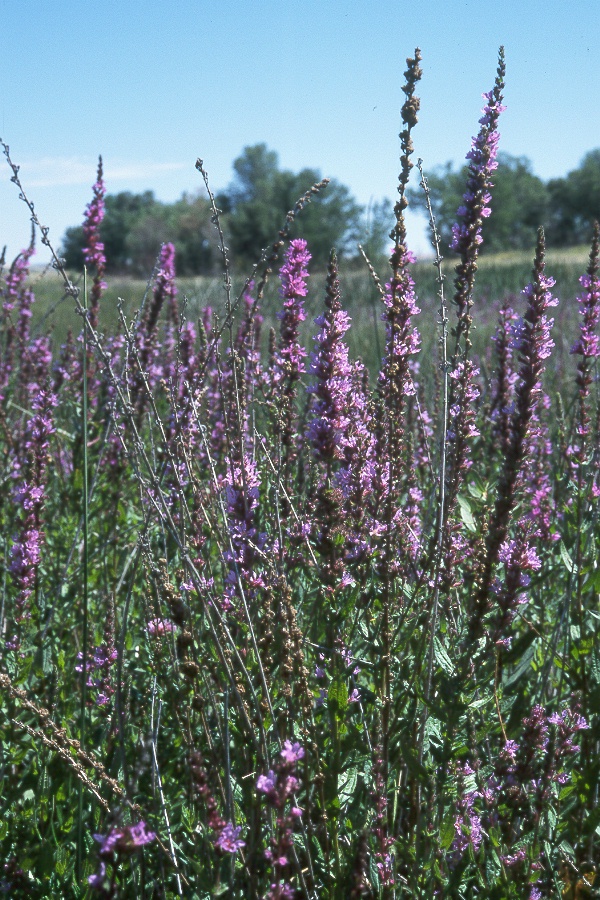
|
purple
loosetrife
|

reduces seed will not control plan
|

only very small patches
|

effective |

limited availability
|

effective as follow up
|
ineffective |
ineffective |
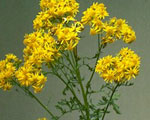
|
tansy
ragwort
|
ineffective |

effective in small patches and new sites
|

effective |

limited availability
|

effective as follow up
|
poisonous
|
ineffective and may cause spread |
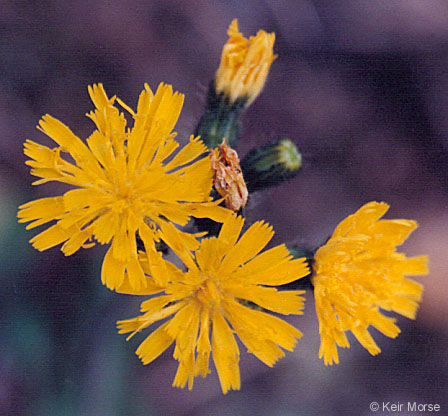
|
meadow
hawkweed
|
ineffective |

only very small patches
|

effective |
not available
|

effective as follow up
|
ineffective |
ineffective |
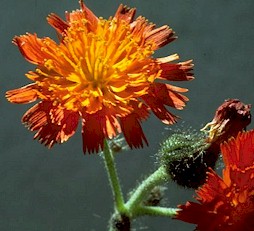
|
orange
hawk weed
|
ineffective |

only very small patches
|

effective |
not available |

effective as follow up
|
ineffective |
ineffective and may cause spread |
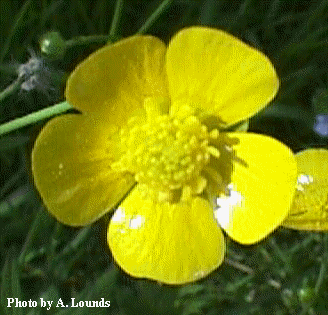
|
tall
buttercup
|
ineffective |

only very small patches
|

moderatly effective
|
not available |
ineffective |
 unknown
slightly poisonous unknown
slightly poisonous |
ineffective and may cause spread |

|
saltcedar
(tamarisk)
|

only in combination with herbicides
|

only very small patches
|

moderatly effective
|
 limited
availability limited
availability
|

moderatly effective
|
ineffective |
ineffective |
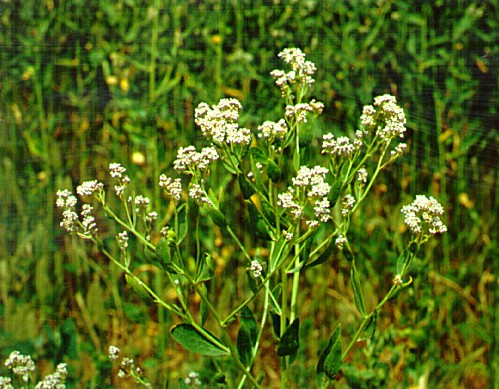
|
perennial
pepperweed
|

may enhance herbicide activity
|
ineffective |

will contain infections
|
currently unavailable
|

effective as follow up
|

sheep/goats
reduce seed production
|
ineffective and may cause spread |
Category
3
|
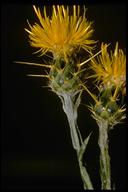
|
yellow
starthistle
|
|
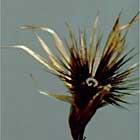
|
common
crupina
|
|

|
rush
skeletonweed
|
Contact your local Weed
District and/ or Extensions office to confirm the identity and location
of Category 3 weeds. These contacts will help you develop
spacific preventation and management criteria that address the unique
challenges posed by these weed species and the area they invade.
|
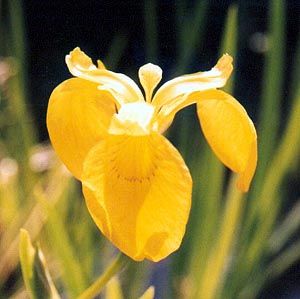
|
yellow
iris
|
|

|
eurasian
watermilfoil
|
|
moderately effective
unknown
unknown
sheep/goats reduce seed production


unknown
unknown slightly poisonous
limited availability

























